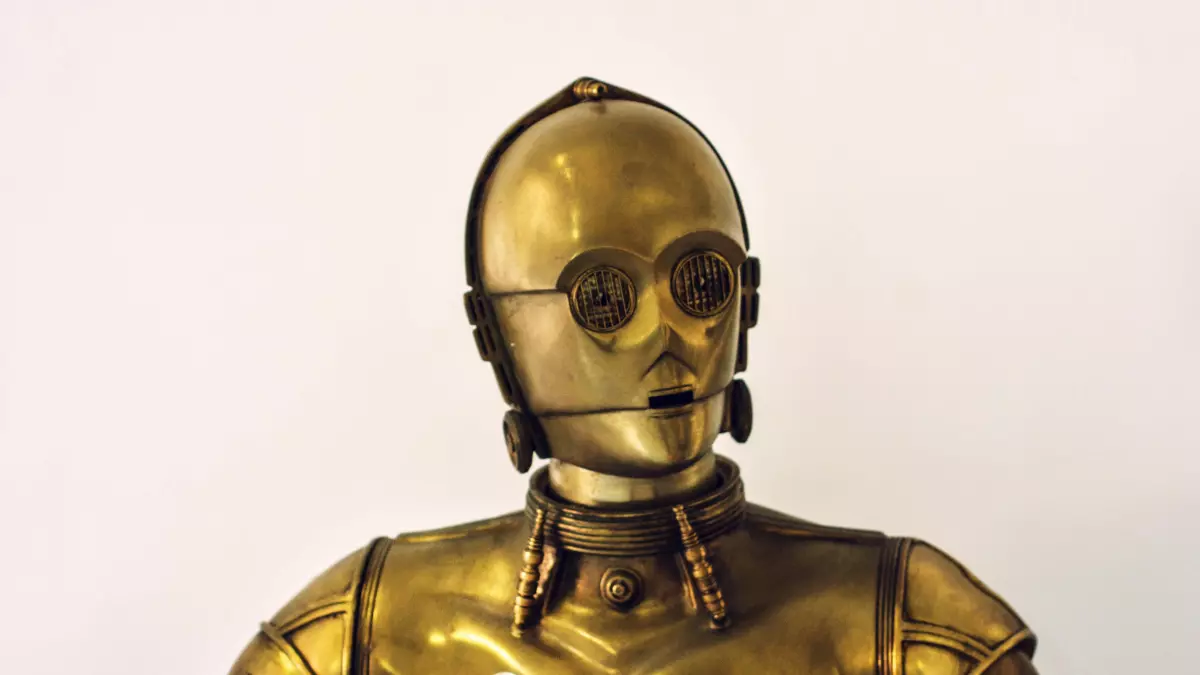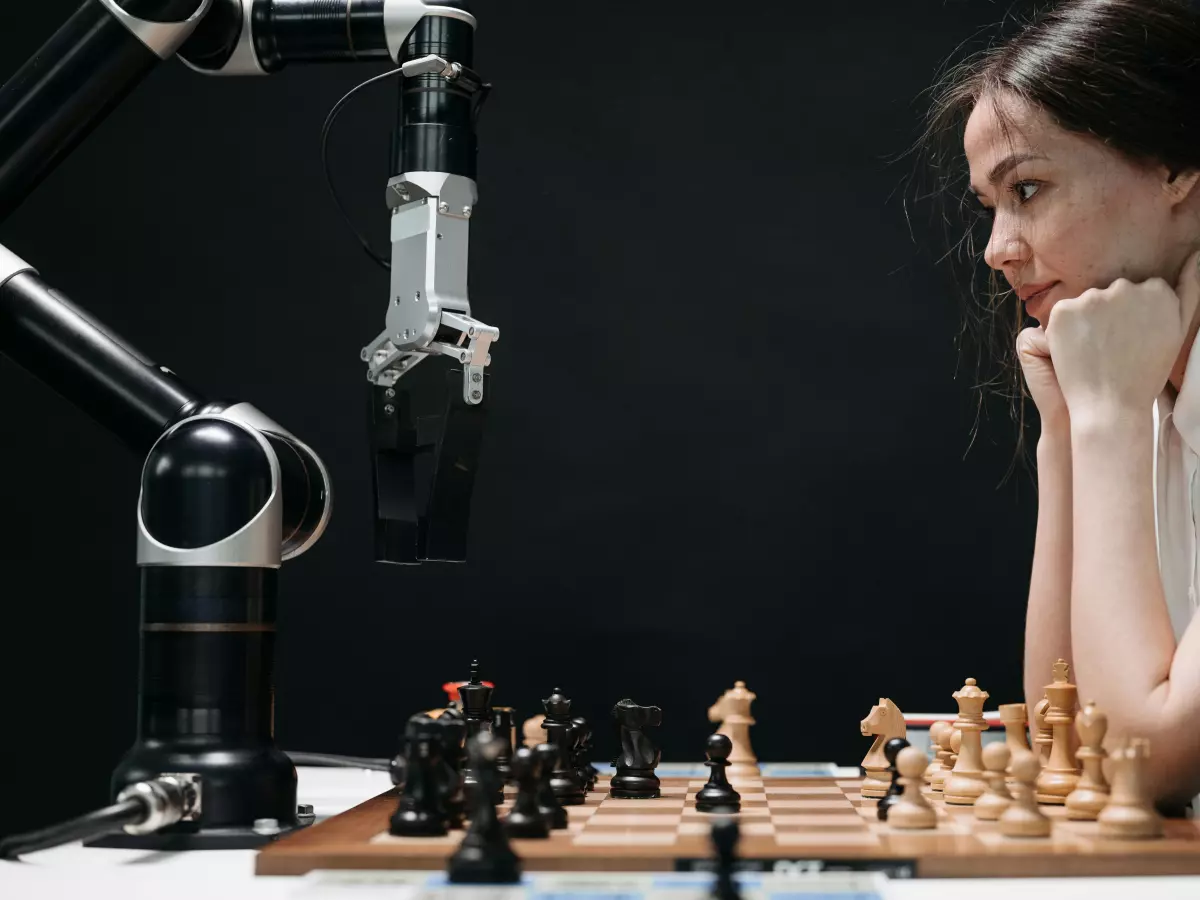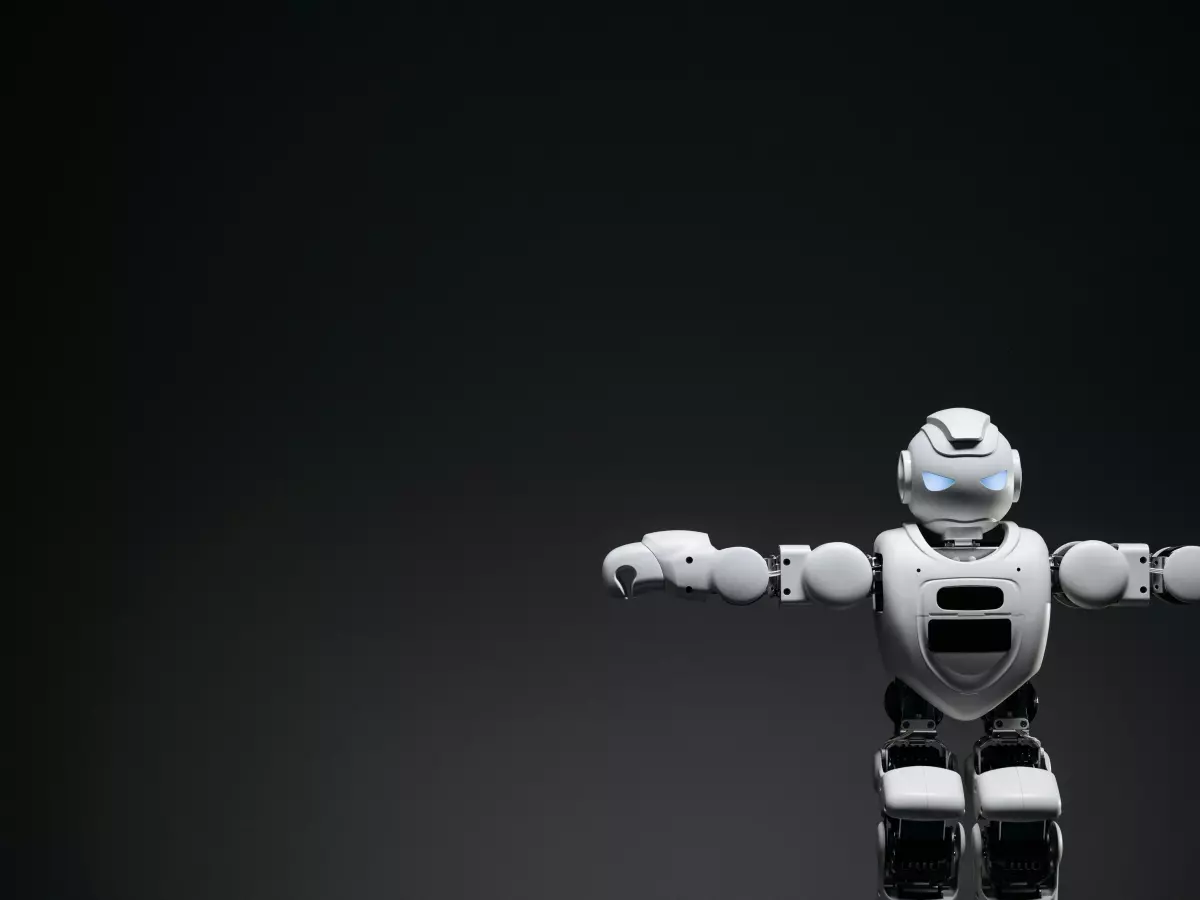Reflexes vs. Precision
Imagine a humanoid robot in a fast-paced environment, dodging obstacles, picking up objects, and interacting with humans. Now, ask yourself: should it prioritize quick reflexes or precise movements? This is the dilemma engineers face when designing humanoid robots, and it’s a battle that’s shaping the future of robotics.

By Sophia Rossi
Picture this: a humanoid robot is tasked with catching a ball thrown at it. If it reacts too slowly, it misses the catch. But if it moves too quickly without precision, it might knock the ball away or even stumble in the process. This scenario highlights the core challenge in humanoid robot design: balancing reflexes with precision.
In the world of robotics, reflexes refer to a robot's ability to respond quickly to external stimuli, while precision is about executing movements with accuracy and control. Both are crucial, but achieving the perfect balance between the two is no easy feat. Let’s dive into how engineers are tackling this challenge and why it matters for the future of humanoid robots.
The Reflex Dilemma
Reflexes are essential for humanoid robots, especially when they operate in dynamic environments. Whether it’s avoiding an obstacle, catching an object, or adjusting to sudden changes in terrain, quick reactions can mean the difference between success and failure.
But here’s the catch: reflexes alone aren’t enough. A robot that reacts too quickly without considering its surroundings or the task at hand might end up causing more harm than good. Imagine a robot that dodges an obstacle but crashes into something else because it didn’t account for its own momentum. Reflexes without precision can lead to chaos.
So, how do engineers ensure that a robot’s reflexes are fast enough to respond to external stimuli but controlled enough to avoid unnecessary errors? The answer lies in sensor integration and motion control algorithms.
Precision: The Other Side of the Coin
While reflexes are all about speed, precision is about control. It’s the ability to execute movements with accuracy, ensuring that the robot performs tasks correctly and efficiently. Precision is especially important in tasks that require fine motor skills, like assembling delicate components or interacting with humans in a safe and predictable manner.
However, focusing too much on precision can slow a robot down. If a humanoid robot takes too long to calculate the perfect movement, it might miss the opportunity to act altogether. For example, a robot that spends too much time calculating the exact trajectory to catch a ball might miss the catch entirely.
This is where the challenge lies: how do you design a humanoid robot that can move quickly without sacrificing accuracy? The solution involves a combination of advanced sensors, real-time data processing, and sophisticated motion control algorithms.
Sensor Integration: The Key to Balance
At the heart of the reflex vs. precision debate is sensor integration. Humanoid robots rely on a variety of sensors to gather information about their environment, including cameras, accelerometers, gyroscopes, and tactile sensors. These sensors provide the data needed to make split-second decisions and execute precise movements.
But here’s the tricky part: the data from these sensors needs to be processed in real-time. If there’s a delay in processing, the robot’s reflexes will suffer. On the other hand, if the data isn’t processed accurately, the robot’s precision will be compromised.
To achieve the right balance, engineers are developing advanced sensor fusion techniques that combine data from multiple sensors to create a more complete picture of the robot’s surroundings. This allows the robot to make faster and more accurate decisions, improving both its reflexes and precision.
Motion Control Algorithms: The Brain Behind the Moves
While sensors provide the data, motion control algorithms are responsible for turning that data into action. These algorithms determine how the robot moves, adjusting its speed, direction, and force based on the task at hand.
For example, when a humanoid robot is catching a ball, the motion control algorithm calculates the optimal trajectory for the robot’s arm, taking into account factors like the ball’s speed, distance, and angle. At the same time, the algorithm ensures that the robot’s movements are smooth and controlled, preventing it from overreacting or losing balance.
One of the biggest challenges in developing motion control algorithms is finding the right balance between speed and accuracy. If the algorithm prioritizes speed, the robot might move too quickly and make mistakes. But if it prioritizes accuracy, the robot might move too slowly and miss the opportunity to act.
To address this challenge, engineers are using machine learning techniques to train robots to adapt their movements based on the situation. By analyzing data from previous interactions, robots can learn to adjust their reflexes and precision in real-time, improving their performance over time.
The Future of Humanoid Robot Design
The battle between reflexes and precision isn’t just a technical challenge—it’s a philosophical one. Should humanoid robots be designed to prioritize speed, or should they focus on accuracy? The answer, as it turns out, is both.
As engineers continue to develop more advanced sensors and motion control algorithms, humanoid robots are becoming better at balancing reflexes with precision. By integrating real-time data processing, sensor fusion, and machine learning, robots are learning to adapt to their environment and perform tasks with both speed and accuracy.
In the future, we can expect humanoid robots to become even more capable of handling complex tasks in dynamic environments. Whether it’s working alongside humans in factories, assisting in medical procedures, or even playing sports, these robots will need to strike the perfect balance between reflexes and precision to succeed.
So, the next time you see a humanoid robot in action, remember: behind every smooth movement and quick reaction is a complex system of sensors, algorithms, and data processing working together to achieve the perfect balance between reflexes and precision.
And who knows? Maybe one day, humanoid robots will be so good at balancing the two that we won’t even notice the struggle. But for now, it’s a battle that continues to shape the future of robotics.





